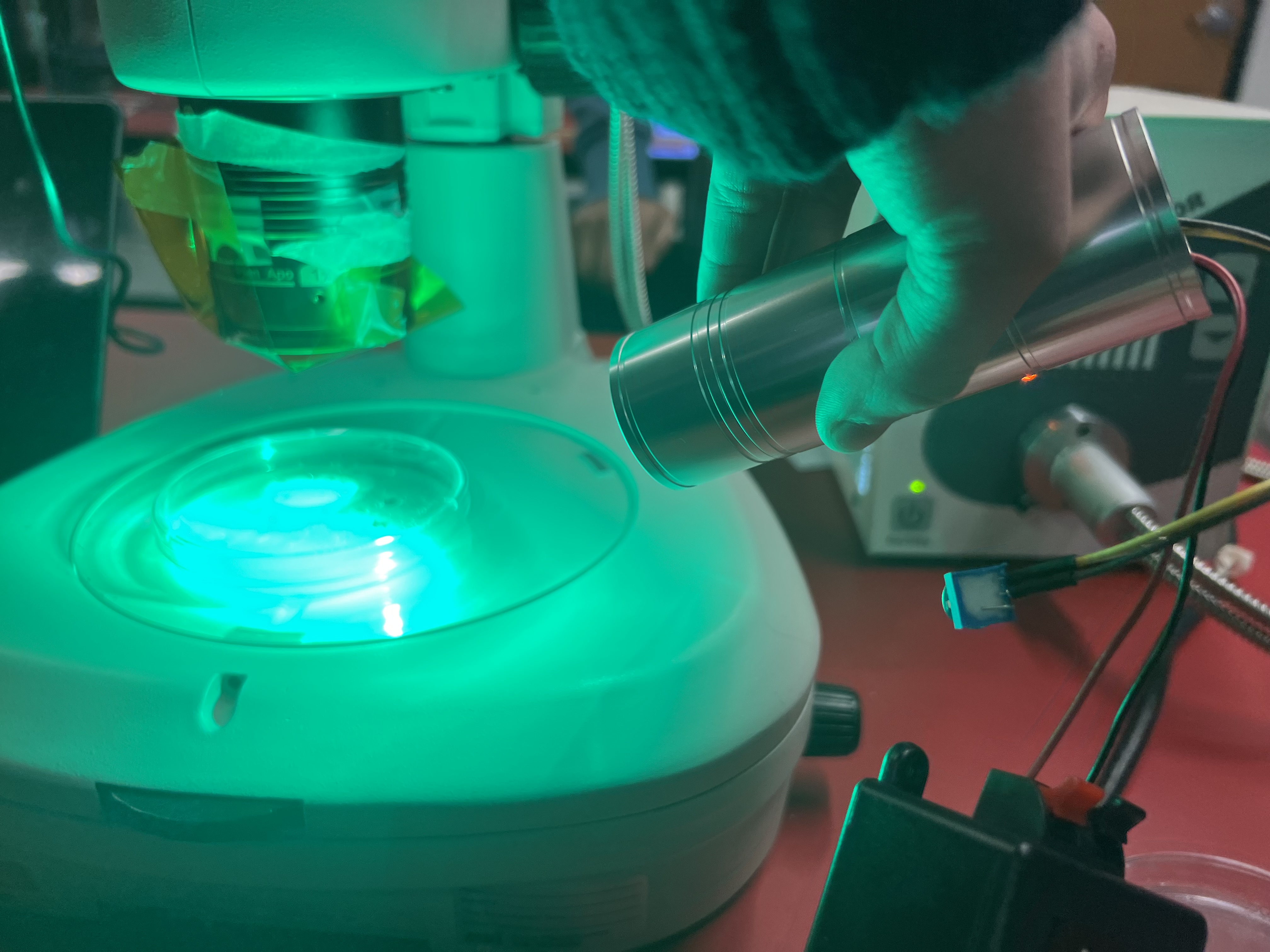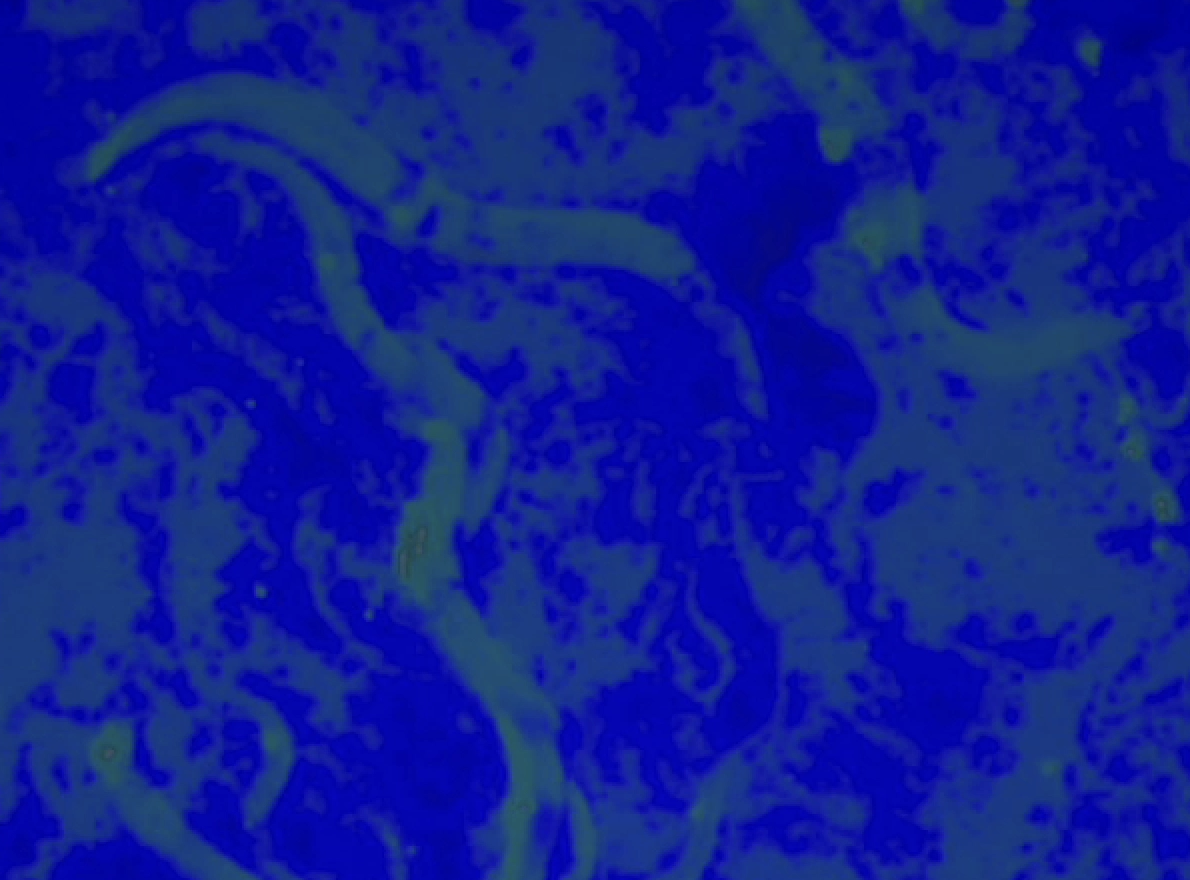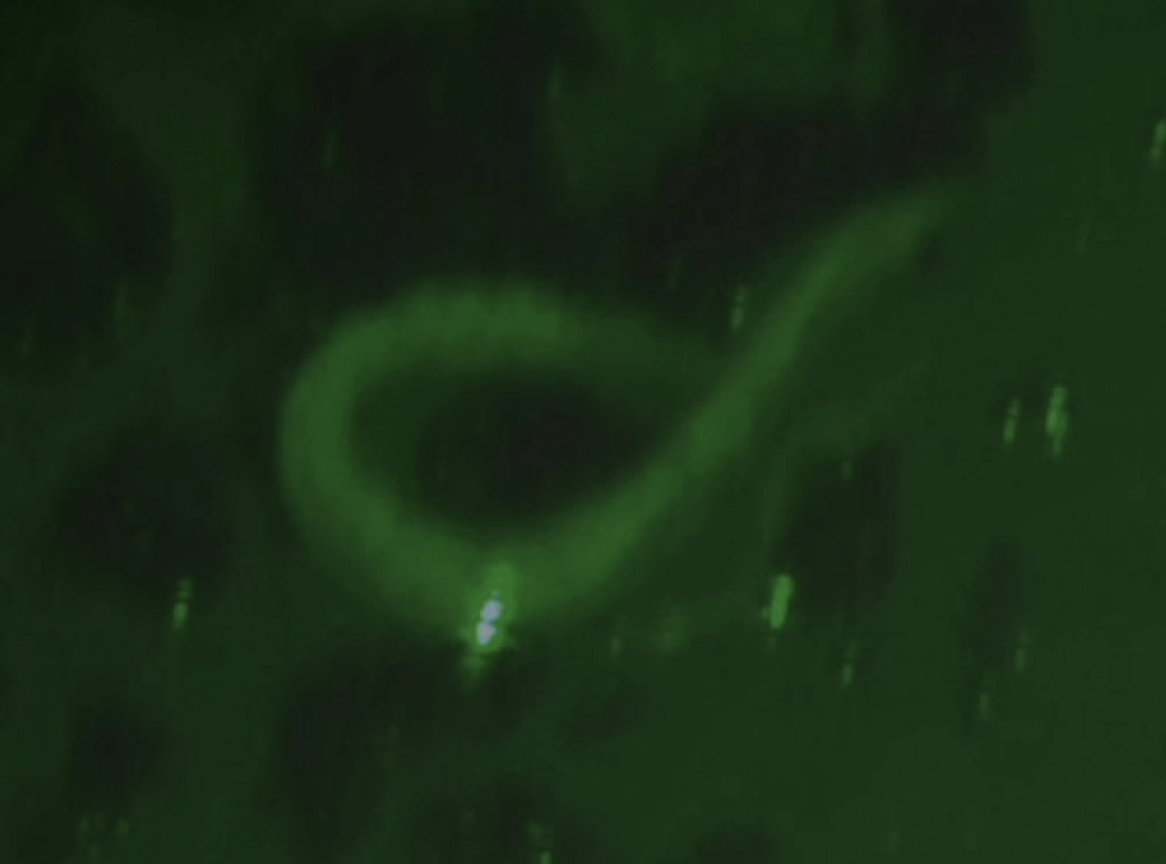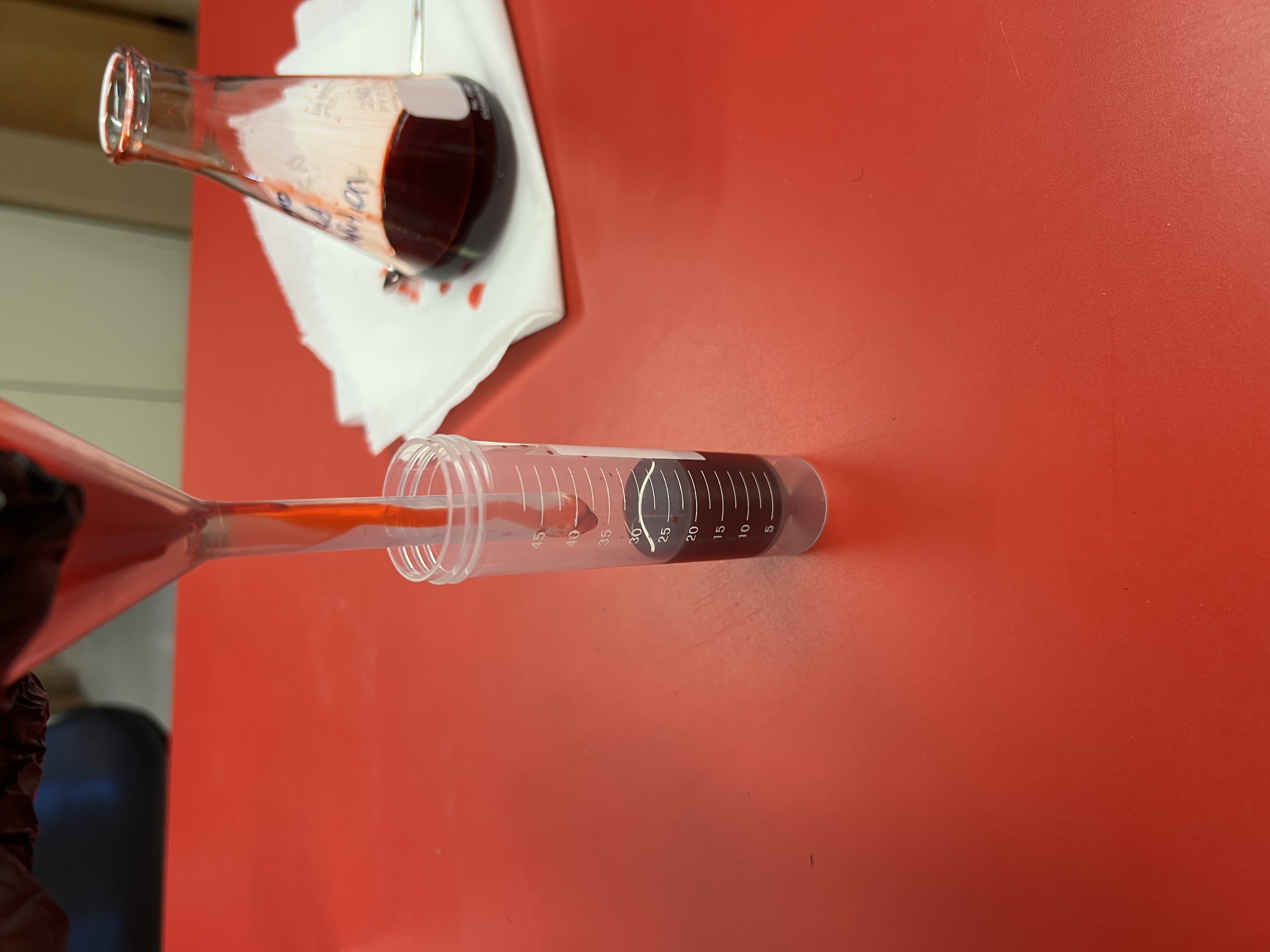
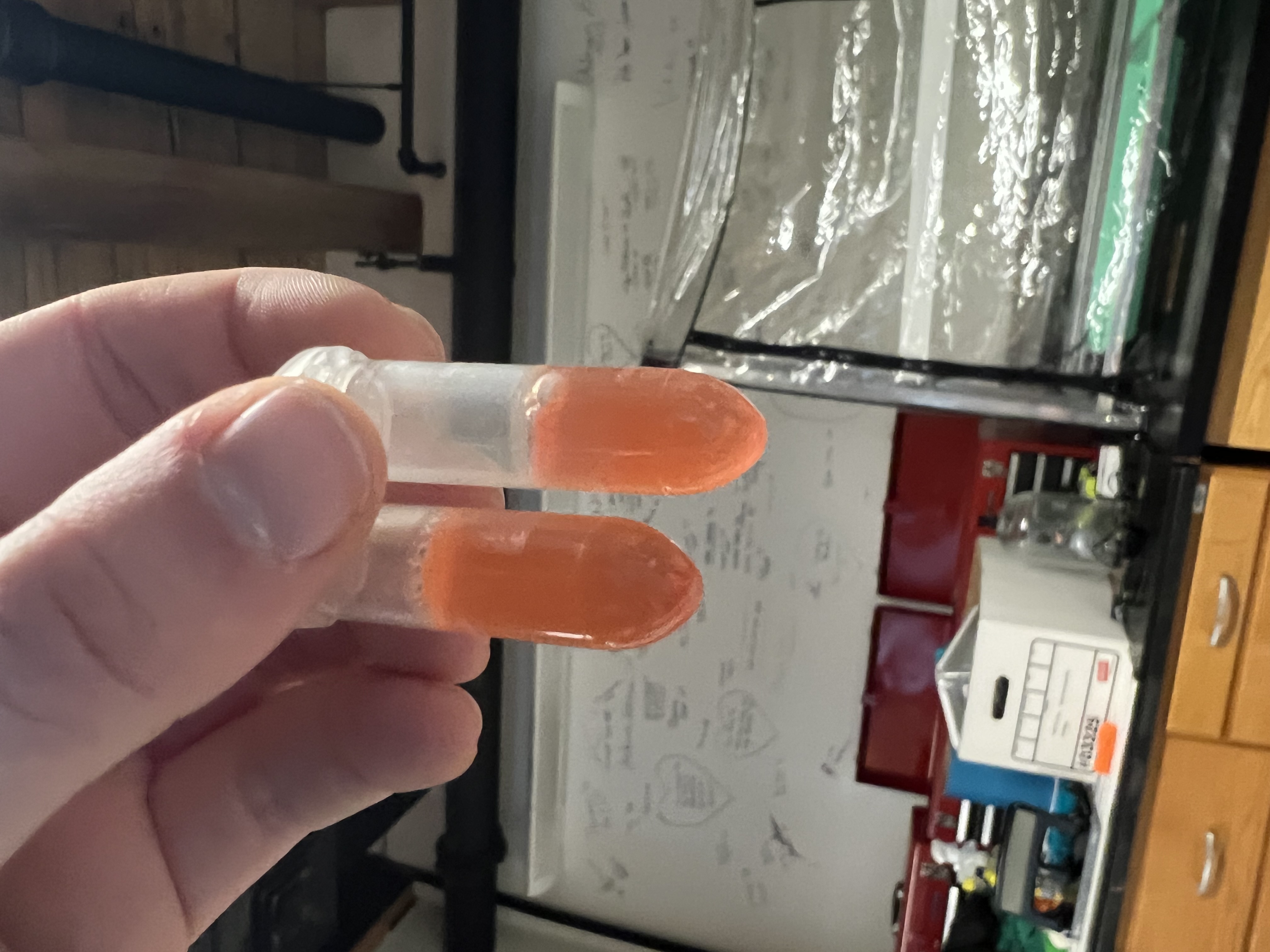
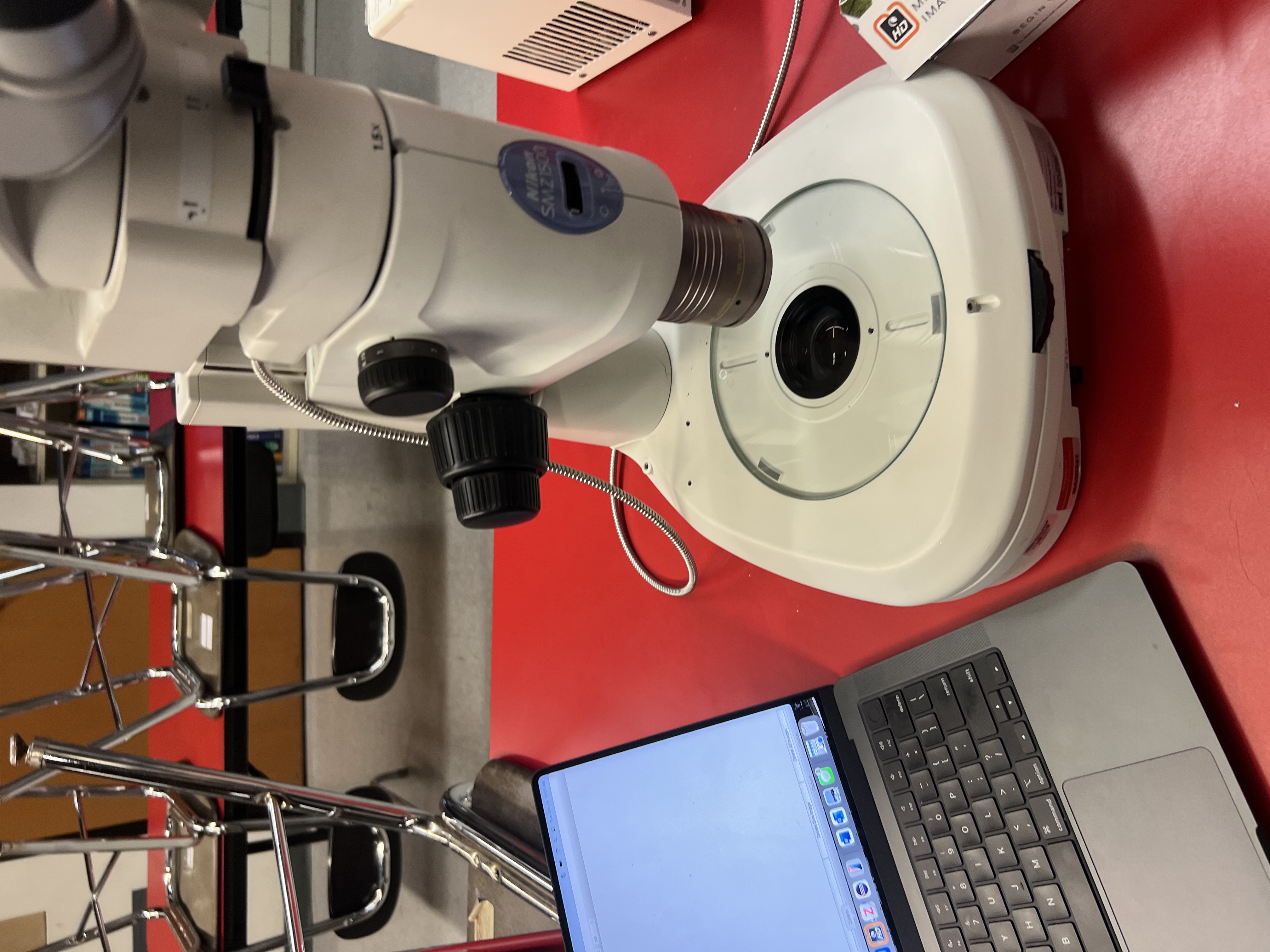
Have you ever been unable to
remember something, no matter how hard you tried?
Now, imagine feeling that every day. Alzheimer’s is a disease
that causes the brain to deteriorate, which can lead to that feeling of knowing something
and being unable to remember what it was, along with personality changes and difficulty
thinking. This disease is very difficult for both the person with the disease and their
family. People with Alzheimer’s no longer remember their families and start to seem
like different people. Can you imagine not remembering your family or not being remembered
by your family? There are many things that happen in the body to cause the symptoms, such as Amyloid
plaques and oxidative stress. Amyloid plaques are buildups of proteins around the cells in your brain.
Oxidative stress happens when the process of making energy for the body, called Cellular Respiration,
goes wrong. Understanding the relationships between the different parts of the disease will help us
find the root cause of it. Finding the cause of AD will help us learn how to keep people from getting
the disease, figure out which people have the disease, and improve the treatments for patients with
Alzheimer’s. The goal of this project is to understand the relationship between the amount of oxidative stress and Amyloid
plaques over time, as tiny see-through worms called C. elegans get older. The worms would be heated
at different stages of their life, causing them to make Amyloid beta. Then, the levels of oxidative stress
produced would be detected. To do this, we would give the worms a stain called Congo red that glows red and
look at them under a microscope with LEDs to allow us to see the dye. We found that as the age of the worms
increases, oxidative stress produced in response to amyloid plaques will also increase. Alzheimer’s
affects many different processes in your brain, but this experiment only tells us about two of them. So,
in future studies we would hope to determine the effects of these other factors on this
project, which could help us find the underlying mechanism of Alzheimer’s and make a step towards a cure.
This could help countless people remember their families and stop them from having that annoying feeling
of forgetting everything that they know.



